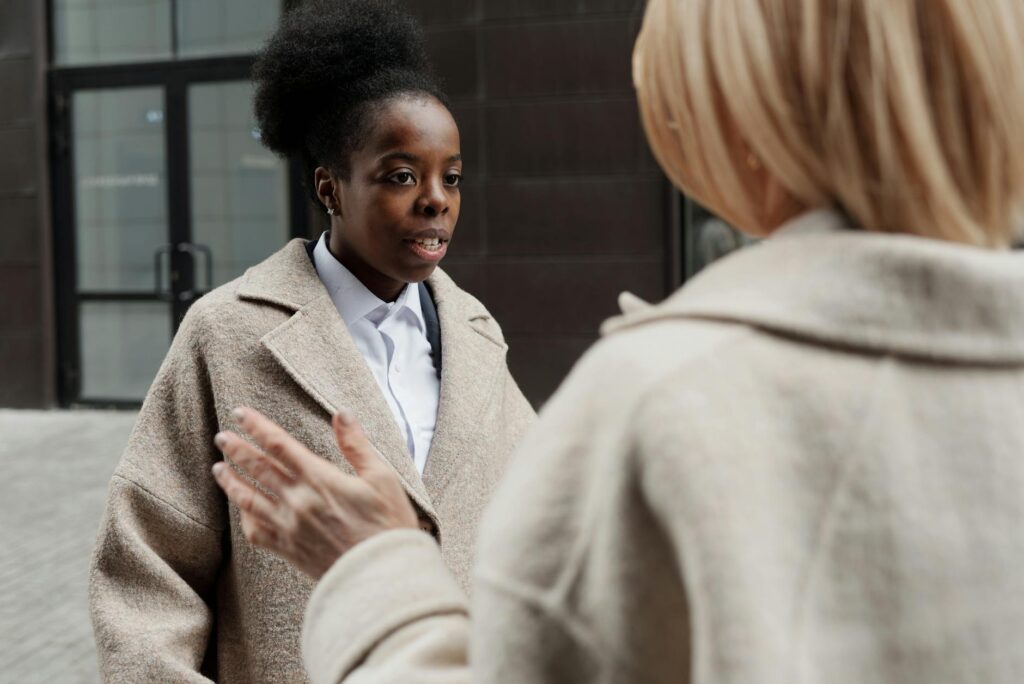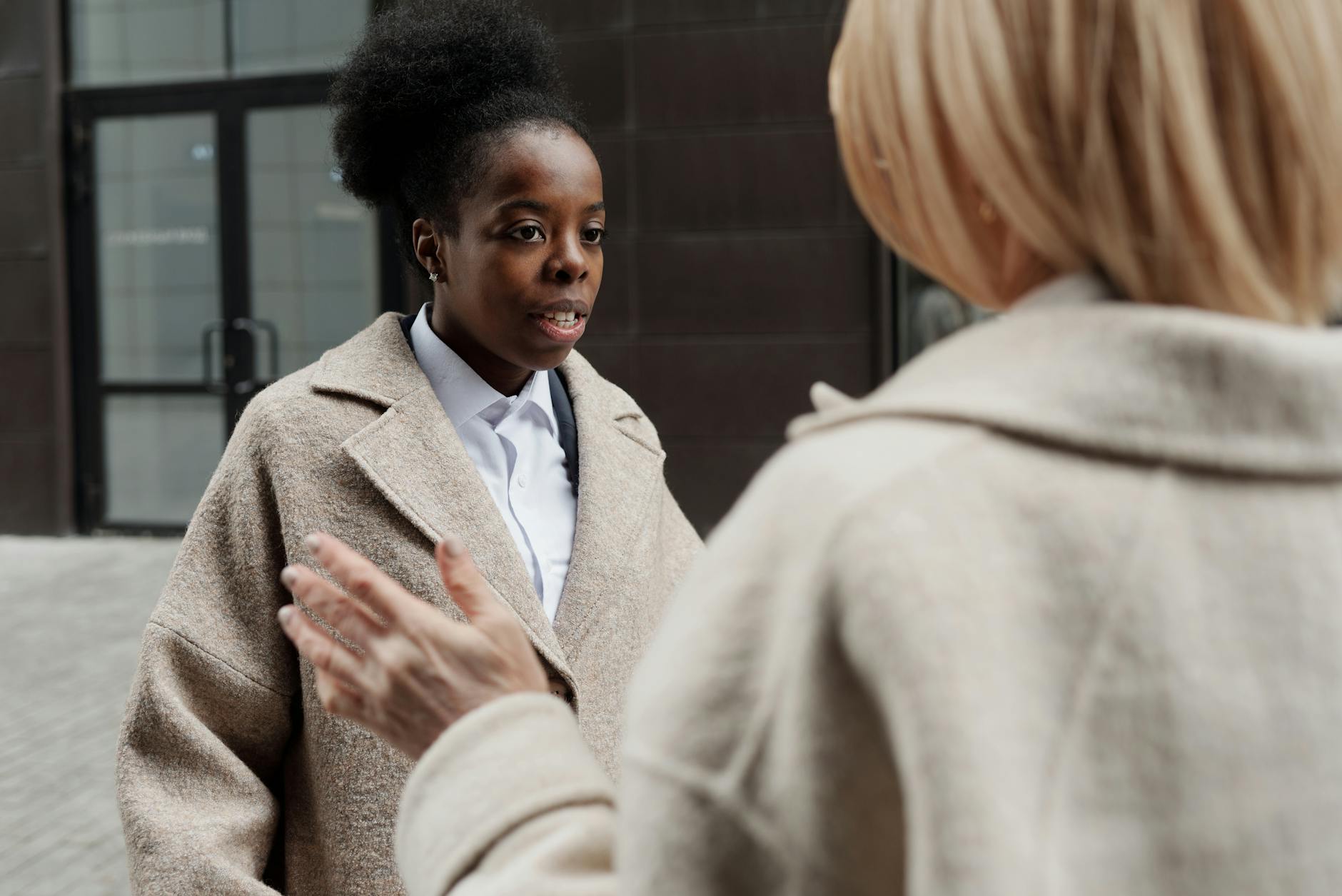What is communication techniques?

What is communication techniques?
Communication is the cornerstone of our interactions, both personally and professionally. Mastering effective communication techniques can significantly enhance our relationships and boost productivity. These techniques not only help convey messages clearly but also foster a deeper understanding among individuals. In today’s fast-paced world, honing your communication skills can set you apart, whether you’re in a meeting, networking, or simply chatting with a friend.
Understanding the Basics of Communication Techniques
When we talk about communication techniques, we refer to the various methods and strategies used to convey information effectively. These techniques play a vital role in every conversation, helping us articulate our thoughts and understand others better.
What are Communication Techniques?
Communication techniques are approaches that enhance our ability to share and receive information. They encompass a broad spectrum of methods, from verbal exchanges to non-verbal cues. The significance of these techniques lies in their ability to minimize misunderstandings and foster a collaborative environment. For example, employing active listening can significantly impact how well we grasp a conversation’s nuances.
Types of Communication Techniques
There are several types of communication techniques that you can utilize to improve your interactions:
- Verbal Communication: This involves spoken words, including tone and pace.
- Non-verbal Communication: Body language, eye contact, and facial expressions play a crucial role in conveying emotions and attitudes.
- Written Communication: Emails, reports, and texts allow you to express ideas in a structured format.
- Visual Communication: Using images, charts, and graphs can help illustrate your points more effectively.
Understanding these different types can help you choose the right technique for any situation, ensuring your message resonates with your audience.
Key Communication Techniques for Productivity
Certain techniques stand out as particularly effective in enhancing productivity within communication. Let’s explore these methods:
Active Listening
Active listening is more than just hearing what someone says; it involves fully engaging with the speaker. This technique requires you to focus on the message, clarify doubts, and respond thoughtfully. By practicing active listening, you create a more respectful and collaborative atmosphere, making it easier to solve problems and innovate together. For more insights on this technique, refer to the comprehensive guide on 10 communication techniques in the workplace.
Clarity and Conciseness
Have you ever sat through a long presentation and wondered what the main point was? Being clear and concise in communication helps avoid confusion. It’s essential to articulate your thoughts directly, using straightforward language. This not only saves time but also ensures that your audience understands the core message without unnecessary elaboration.
Empathy in Communication
Empathy is the ability to understand and share the feelings of others. When you incorporate empathy into your communication, you build stronger connections. It leads to a more open dialogue and can help diffuse conflicts. Understanding where someone is coming from can make all the difference in how you respond and engage in a conversation.
Barriers to Effective Communication
Even the best communicators face challenges. Recognizing these barriers can help you navigate through them more effectively.
Physical and Environmental Barriers
Physical distractions, such as noise or cluttered spaces, can severely impact communication. Ensuring a conducive environment is key. If you’re in a noisy café, consider moving to a quieter area for an important conversation. Minimizing distractions can help you focus better and communicate more effectively.
Emotional Barriers
Emotions often cloud judgment, making it hard to convey or receive messages clearly. If you’re feeling upset or anxious, it might be wise to take a step back before engaging in conversation. Being aware of your emotional state—and that of others—can significantly enhance the clarity of your communication.
Improving Your Communication Techniques
Developing effective communication skills takes practice and awareness. Here are some practical tips to help you improve:
Practicing Your Communication Skills
Like any other skill, communication improves with practice. Try engaging in conversations in various settings, whether at work, during social gatherings, or even at home. Each interaction is a chance to refine your techniques, so embrace opportunities to express yourself and listen actively.
Seeking Feedback
Constructive feedback is invaluable in improving your communication skills. Ask trusted friends or colleagues for their perspectives on your communication style. What areas can you improve? Understanding how others perceive your communication can help you identify strengths and weaknesses.
Conclusion
In conclusion, effective communication techniques are integral to personal and professional development. By understanding the different types of communication, practicing active listening, and embracing empathy, you can enhance your interactions significantly. Recognizing and overcoming barriers will also pave the way for more productive conversations.
Whether in a casual chat or a crucial meeting, implementing these techniques can lead to better relationships and increased productivity. So, take the time to refine your communication skills—they’re an investment that will pay off in every area of your life.

Photo by August de Richelieu